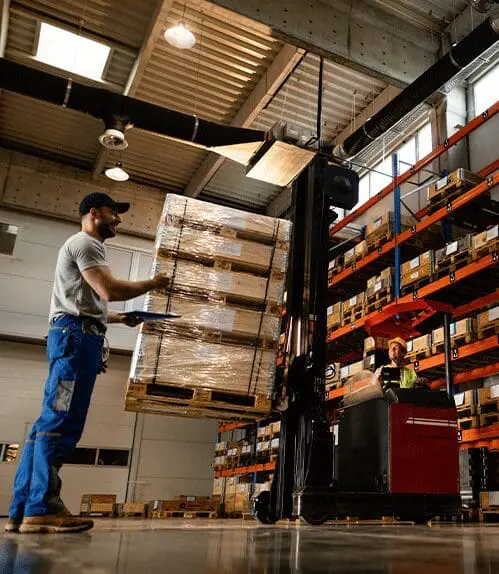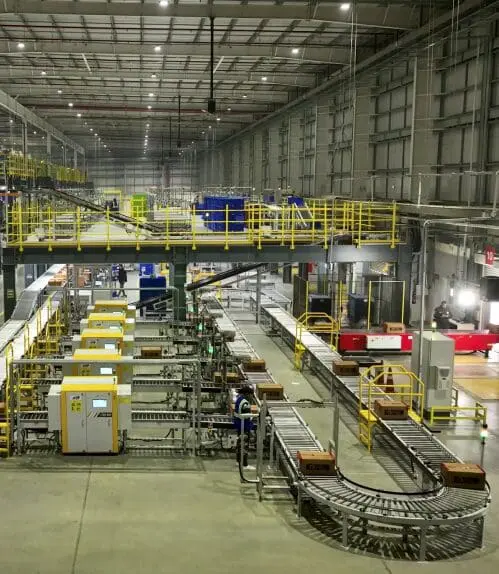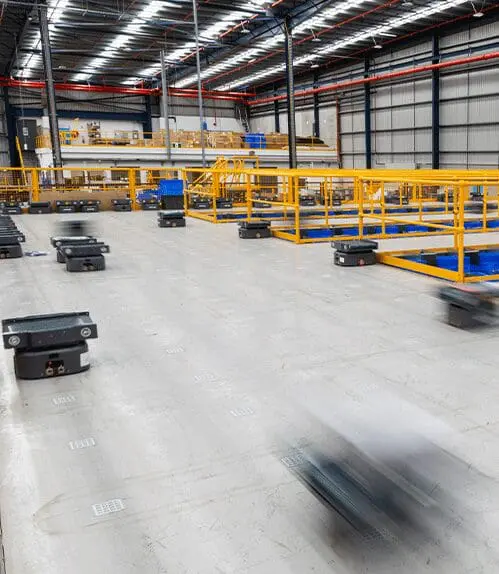How Robotic Automation is Transforming Industries
Robots have been a part of our lives for decades, from assembly lines to vacuuming our floors. However, with recent technological advancements, robots are becoming more intelligent, versatile, and integrated into various industries. This has given rise to the field of robotics, which focuses on the economic and social implications of robotic automation.
- Flexibility: Automation allows for quick adjustments to production processes.
- Cost Reduction: Robots significantly reduce operational costs.
- Skilled Labor Focus: Integrating robots allows skilled labor to take center stage.
- Dependability: Automation ensures consistent and superior quality.
- Continuous Workflow: Robotic automation minimizes downtime and maximizes output.
- Peak Productivity: Robots maintain high productivity levels throughout operations.
- Innovation: Companies can focus on research, development, and creative problem-solving.
- Data-Driven Insights: Provides real-time insights into production processes.
- Sustainability: Robotic automation promotes sustainability by reducing the environmental footprint of industrial operations.
- Global Connectivity: Cloud-based platforms and remote monitoring capabilities enable global collaboration and success.
- Collaboration: Delegating tasks to robots ensures the safety of the workforce and allows employees to focus on areas where humans excel.
Even with all this, the most important factor that determines the success of Robotic Automation in a factory is an “Integrator”- a company that completely understands the nuances of Robotic Automation and can design a complete solution that will maximize the output by selecting the right robot, designing the layout, integrating the vision system, etc.
The Path Forward for Robonomics
The future of Robonomics is poised for remarkable advancements. Here’s a quick peek into what lies ahead.
-
Smarter Robots, Smarter Work
-
Jobs Reshaped, Not Replaced
-
Ethical Guardrails and Social Equilibrium
-
Smooth Human-Robot Rapport
-
Global Race and Green Goals
-
Collaboration for Collective Progress
Are you interested in learning more about robotics and warehouse automation? Explore more in our other blogs.
Conclusion
Robotic Automation offers a very reliable and efficient production process, robots typically can be refurbished and used again after a period of 10-12 years with ease. All these factors make the ROI on Robotic Automation attractive, a good rule of thumb is to target a minimum of three years for calculating the ROI. After these three years, typically Robotic Automation results in positive cash flow for the company with minimum variability and high-efficiency. That’s the stage when actual value unlocking happens for the organization. It becomes imperative for small and medium enterprises, who aim to grow, to look beyond the near future to truly ascertain the gains obtained from Robotic Automation.






